Marka bitter
Marka bitter was the first product that we launched and is the expression of the soul of OHD.
We got our inspiration from the old Norwegian traditions of making spirits and beer flavoured with bog myrtle. Which is foraged in the forest surrounding Oslo bearing the same name as the bitter. We wanted to capture the smells and flavours of the forest when it is in full bloom during summer. Marka is cask aged and sweetened with local honey.
Each of our 16 botanicals are selected to evoke memories of long summer evenings and Norwegian forests in full bloom. Life renewed after a hard winter. The pungent, peppery smell of angelica. The sweet, sticky notes of bog myrtle, the floral scent of juniper and meadowsweet. We trust nature to know when it`s the right time to harvest and use the traditions of our forefathers to bring you the very best from the land that we are proud to call home. These like the rest of the botanicals we use in Marka bitter grows wild in the marka forest. Each botanical contributes to the natural colour and delicate balance of our spirit.
Most pronounced is the aromatic and bitter qualities of the bog myrtle. This botanical has a long tradition in being used in Norwegian spirits and beers.
If you go back a few hundred years all beers in Norway were made with bog myrtle. You know it has been important to people when a multitude of cities in Norway have got their names from the plant (pors in Norwegian). After it has macerated to the desired result it gets to rest in 200 l oak barrels. We have reused the same barrels for every batch made. This way we can let each batch stay for a bit longer in the cask than the last one. Before bottling we sweetened it a little bit with Norwegian honey. If you look at the illustrations on the bottles you can find all the different botanicals and a bee humming around.
THE BOTANICALS WE USE IN MARKA
Bog myrtle - Smells aromatic and herbal with hints of pine and rosemary, it can therefore be a bit reminiscent of hops. Tastes bitter.
Juniper berries - Citrus aromas with hints of spruce, resin, grass, wax and wood.
Meadowsweet - A wide range of aromas ranging from honey and hay to almonds and vanilla. Contributes with a slight bitterness.
Heather - This gives floral aromas, with some slightly earthy tones and honey.
Angelica - Contributes structure to the distillate. The plant can be called the distiller's salt as it is an important flavour enhancer for the other botanicals.
Elderflower - Light floral and sweet tones. Aroma of citrus, lychee and pear. Used to add high notes.
Yarrow - Bittersweet with aromas of sage and licorice.
Chamomile flower - Recognized by a strong, sweet floral scent and a hint of tobacco.
Wormwood - Gives notes of warm herbs and mint bitterness. Appears floral and perfumed.
St. John's wort - Reminiscent of a spicy version of raspberry leaves. The taste is sweet and earthy and can almost be described as umami.
Rowanberry - Fruity and tart taste of bitter orange.
Dandelion root - Sweet earthiness and medicinal with a hint of chocolate.
Rosehip - Delicate and floral slightly sweet taste with a distinct bitter aftertaste.
Sweet root / Gentian - Bites and earthy taste.
Rhubarb root - Bitter and tart taste in the direction of umami.
Aroma and taste
Aroma - Complex aroma with a nice touch of pors, juniper, citrus, wild berries, flowers, herbs and a hint of honey. Smells like a summer morning in the woods.
Taste - Bitter with a full body, fruitiness from berries and herbal character, long aftertaste with integrated bitterness and sweetness from honey.


